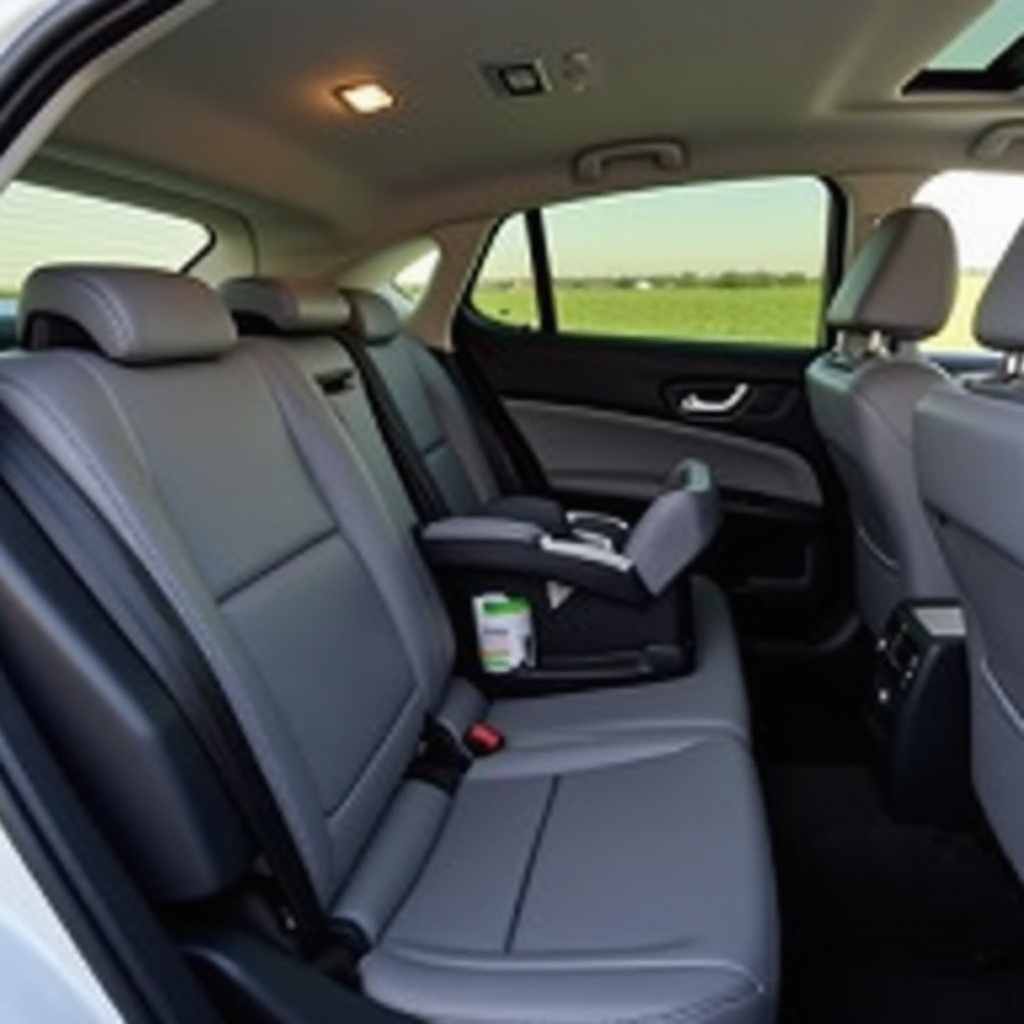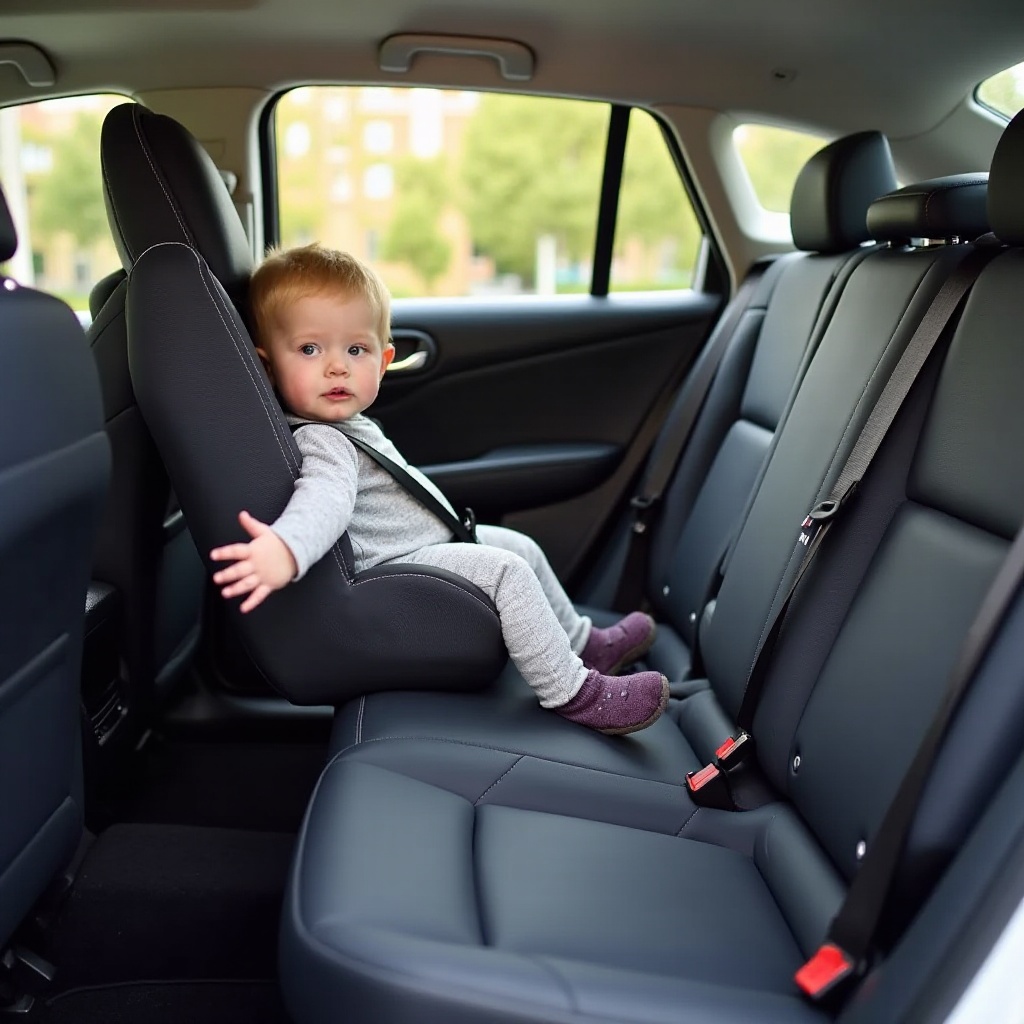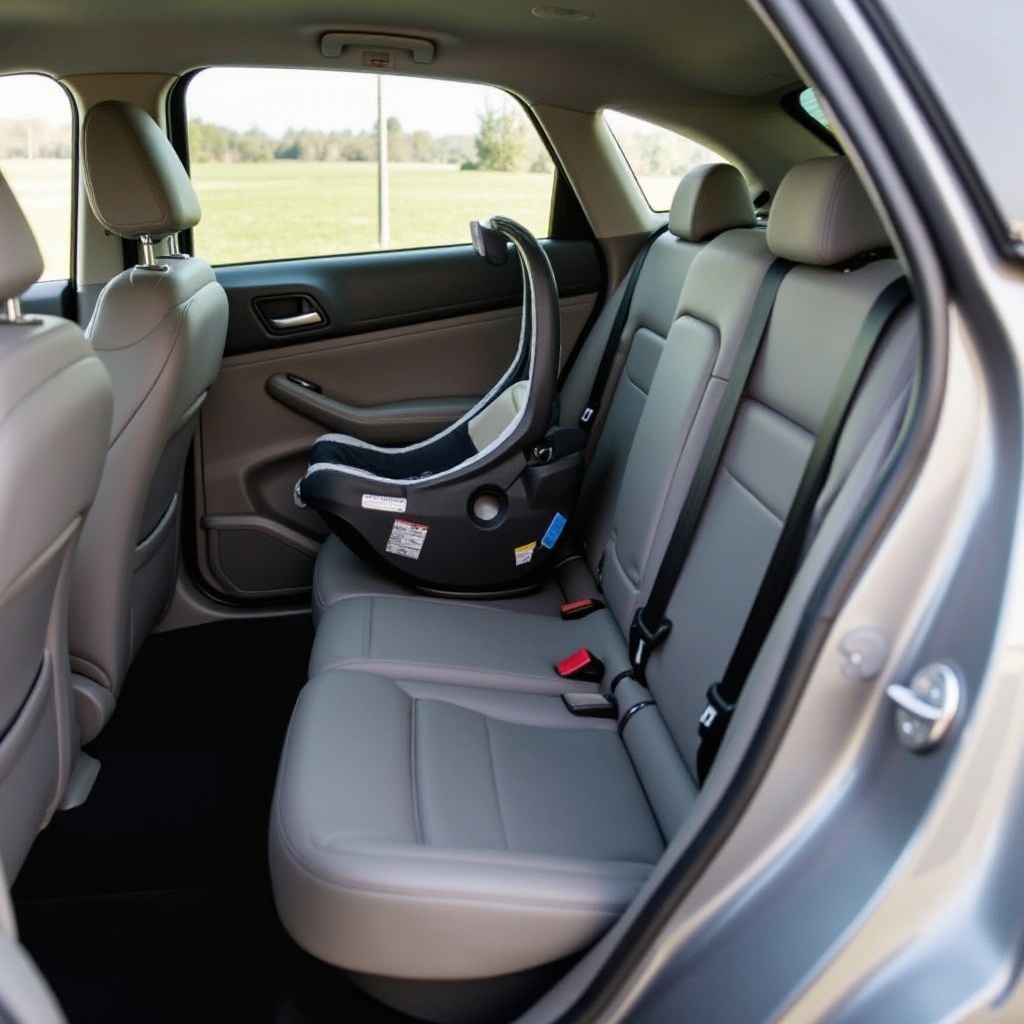Introduction
Deciding on the best position for an infant car seat is essential for protecting your child on the road. With various options and advice available, this guide aims to clarify the safest choices and provide actionable tips. Proper car seat placement can significantly reduce risks and enhance safety. Let’s delve into effective strategies to safeguard your little ones.

Understanding Infant Car Seat Types
Car seats vary according to a child’s age, size, and developmental stage, which influences placement decisions.
-
Rear-Facing Car Seats: Ideal for infants up to two years old, these seats support the head, neck, and spine in case of a collision, making proper placement crucial.
-
Convertible Car Seats: These adaptable seats switch from rear-facing to forward-facing as your child grows, offering extended use without compromising safety.
-
Booster Seats: Meant for older children, booster seats position a child for optimal seat belt fitment. Even at this stage, the seat’s placement remains crucial for safety.
Understanding these types helps in deciding the optimal placement for your car seat. Next, we’ll discuss factors influencing where to place these seats.
Factors Influencing Car Seat Placement
Several factors impact where to place an infant car seat, including your vehicle’s design, safety features, and installation processes.
-
Vehicle Design and Features: The seating area geometry and LATCH anchors are critical. Check your vehicle’s manual for recommended placement.
-
Seat Compatibility and Installation: Ensuring a proper fit is crucial. Follow manufacturer guidelines closely for effective installation and protection.
-
Airbag and Safety Features: Airbags pose a risk for rear-facing seats in the front seat. The back seat is safest to prevent airbag impact.
Taking these factors into account will prepare you to make an informed car seat placement decision, leading us to the rear middle seat, often seen as the optimal choice.

Optimal Car Seat Placement: Rear Middle Seat
For many, the rear middle seat is the ideal placement, offering unique safety benefits. Here’s why it’s often preferred and what considerations to keep in mind.
-
Benefits of the Rear Middle Seat: It’s the most protected area, further from impact zones like side collisions, providing additional protection for infants.
-
Limitations and Considerations: Some vehicles may not support a middle seat installation due to space or anchor configurations. In these instances, using leveling tools or professional installation advice is essential.
If the middle seat isn’t feasible, assessing the benefits and drawbacks of side seat alternatives is the next step.
Alternative Placement: Rear Passenger Seats
When the middle seat isn’t an option, consider the rear passenger seats. Each has its own set of benefits and challenges.
-
Behind the Driver’s Seat Pros and Cons: This position allows the driver better visual contact but is closer to road hazards.
-
Behind the Front Passenger Seat Pros and Cons: This location offers convenient access when parked, but may face higher exposure during certain side impacts.
Your choice between these seats will depend on your vehicle layout and personal preferences, although it’s critical to avoid common errors in installation.

Common Mistakes and How to Avoid Them
Even with the best intentions, installation mistakes happen. Here’s how to avoid common pitfalls and secure your car seat properly.
-
Improper Installation: Ensure the seat is tightly fitted. Movement should not exceed an inch in any direction.
-
Use of Unauthorized Accessories: Avoid aftermarket products that might hinder safe operation. Stick to items approved by your car seat manufacturer.
By staying vigilant and regularly inspecting your car seat, you can maintain the highest level of safety for your young passengers.
Conclusion
Selecting the correct car seat position is vital for child safety. By adhering to expert recommendations and manufacturer instructions, parents can optimize protection for their children during travels. Regular installation checks are crucial to maintaining this safety standard.
Frequently Asked Questions
Is the front seat ever safe for an infant car seat?
Generally, no. Due to airbag risks, always place infant car seats in the rear.
How do I ensure my car seat is installed correctly?
Use the LATCH system or seatbelt as per manufacturer instructions, and seek professional inspection for assurance.
What additional checks should I perform regularly?
Check for recalls, ensure tight installation, and verify harness snugness before each trip.
